You’ve probably already figured out that there is a growing market for Senior Sessions. Gone are the days when it was sufficient for the crew to pull up at the school, unload some backdrops, and take cookie cutter photos of all the seniors. Today’s young people want custom photography that immortalizes their youth and is tailored to their personality and interests. Senior Photography now runs the gamut from professional to glamour to fantasy. So what kind of gear does an aspiring senior sessions photographer need? Read on for some gear-related senior portrait tips.
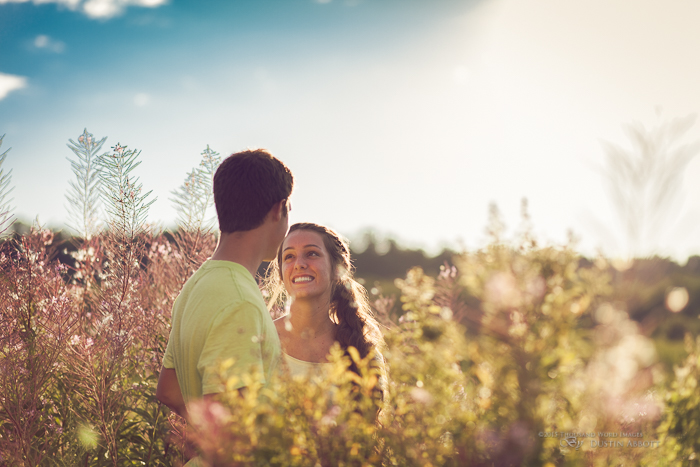
My first item for senior portrait tips is always glass. Not just any lens will do. One of the key things that any portrait photographer needs is versatility, but perhaps not in the way that you might think. I’m not talking about zoom range. Forget 5x, 10x, or 20x zoom. What I’m talking about is versatility when it comes to the aperture that you shoot at. I also encourage you to consider investing in a full frame sensor camera at some point. The larger sensor makes a big difference in the light gathering ability along with a smaller depth of field. Canon and Nikon both have full frame cameras in the 6D and D610 that are more affordable than any full frame bodies before them.
If your budget doesn’t allow for that upgrade yet, I would recommend getting a large aperture lens first. It will give you the most “bang for your buck.” Most kit lenses have a maximum aperture on the wide end of f/3.5 at the fastest, but only f/5.6 on the telephoto end. Take a look at this little chart.
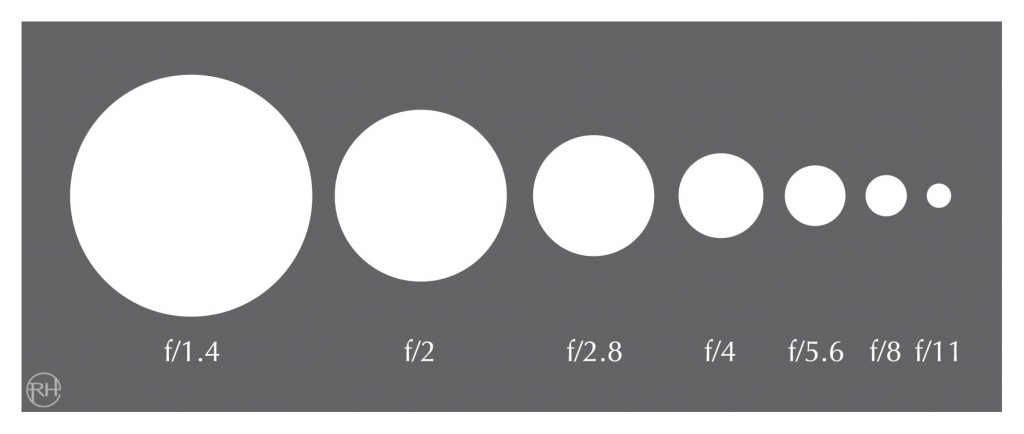
Chart courtesy of Ryan Hulse
That f/5.6 circle looks pretty small, doesn’t it? This shows what a disadvantage photographers with only small aperture lenses have. There is a direct correlation between aperture size and the amount of background blur (or bokeh) that can be produced (longer focal lengths help achieve more bokeh as well). That separation of the subject from the background is what gives portraits a “professional” look; this is the look that today’s seniors want. They have thousands of photos taken with their smartphones, but those photos will never have the look of DSLRs (particularly full frame sensor DSLRs) taken with large aperture lenses. If you want to create beautiful, professional looking portrait photography you need to invest in either a large aperture prime lens or two or a large aperture zoom lens, like a 24-70mm f/2.8 or 70-200mm f/2.8. What follows are some suggestions for every budget.
The point of entry for budget-minded photographers is what is often referred to as a “nifty-fifty.” These 50mm primes commonly have a maximum aperture of f/1.8 and a 50mm focal length. They are readily available for less than $200, and while they have their shortcomings, they can produce some beautiful portrait shots when used properly. If you want even more background blur (and image quality), consider spending a couple of hundred dollars more and invest in one of the excellent 85mm f/1.8 prime lenses or a 50mm f/1.4.
A medium budget $700-1,000) allows you to consider either an 85mm f/1.4 or move to one of the favorite focal lengths of portrait photographers – 135mm. These lenses usually have an f/2 aperture but create even more background blur thanks to the longer focal length. Just to give you an idea of what size the depth of field (DOF) will be (and thus the amount of background blur), take a look at this little chart (this assumes a full frame camera is being used):
The smaller the DOF, the greater amount of separation of your subject from the background. The 50mm f/5.6 column gives you an idea that the DOF is pretty huge for most kit lenses even at their widest aperture, and this means that it is really hard to get much separation of your subject from the background. Notice how much more shallow the depth of field becomes with the longer focal length. I love the Canon EF 135mm f/2L for this reason. You have to be careful when focusing, but it creates absolutely wonderful subject isolation, like in this photo below.
Many portrait photographers choose to go the zoom route because of the added versatility. I own both a 24-70mm f/2.8 zoom for wider shots and a 70-200mm f/2.8 telephoto. The latter (a Tamron SP 70-200mm f/2.8 Di VC USD) has become my favorite portrait lens because it has a highly effective image stabilizer and amazing image quality. I’m able to get more sharp shots because the image stabilizer helps eliminate camera shake from the equation. While the f/2.8 aperture isn’t as wide as the primes can go, modern zooms are incredibly sharp wide open. Using our example above the depth of field at 200mm f/2.8 is even smaller at only 1.54 inches while the depth of field at 135mm f/2.8 is a still tiny 3.37 inches. The Tamron is optically as good as the “first party” options from Canon and Nikon and costs more than a third less. These zoom lenses make it very easy to switch from wider framing (at 70mm) to head and shoulders at longer focal lengths even when space is tight. Here’s one from the Tamron below.
The added versatility of having a wide aperture lens will open up all kinds of creative options for you that just aren’t there with your kit lens. I consider this bit of advice one of my most important senior portrait tips. By the way, all of these photos have also been processed in Alien Skin Exposure. It furthers expands your creative options. That’s it for my gear-related senior portrait tips. Now add that to your own creativity and go out and make some senior’s dreams come true!
Try Exposure Today


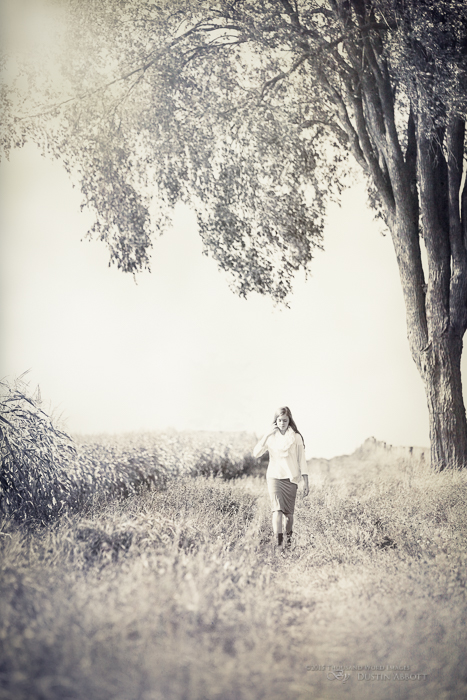

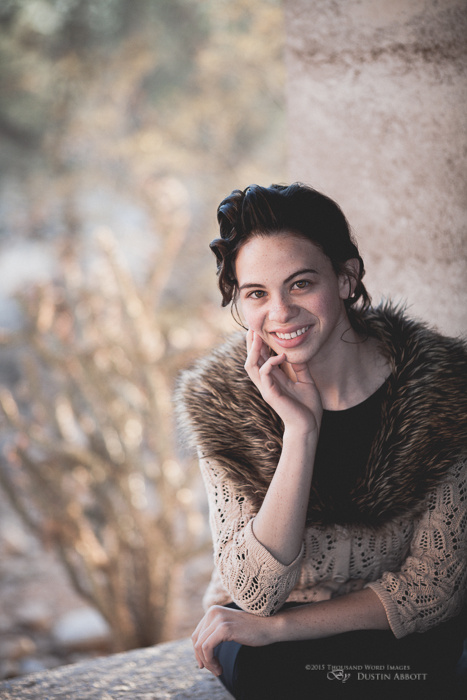
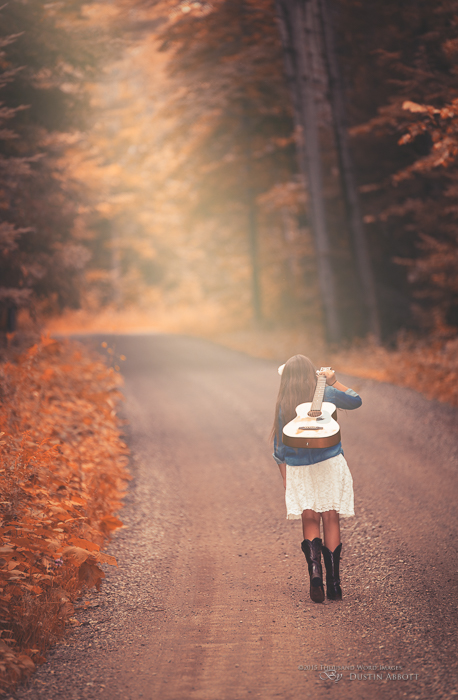



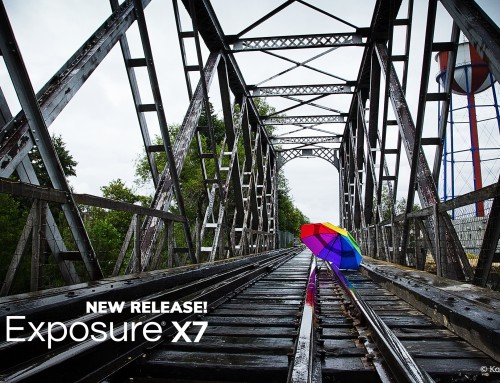

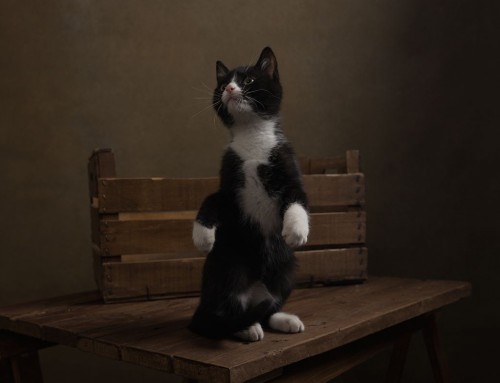
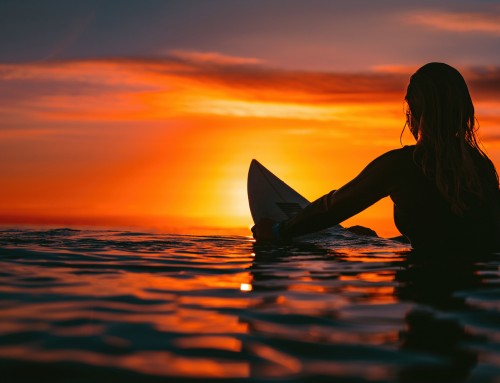
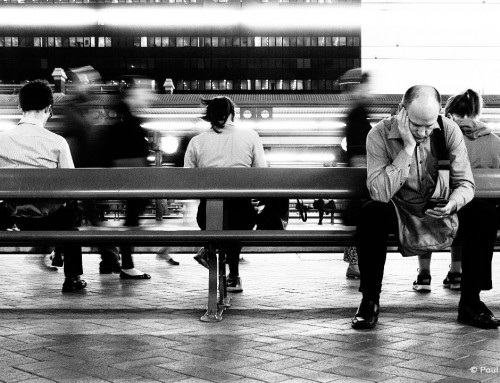

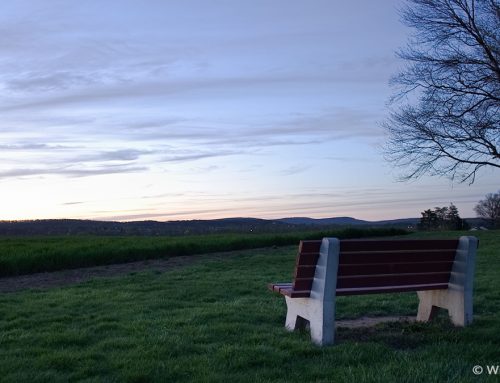
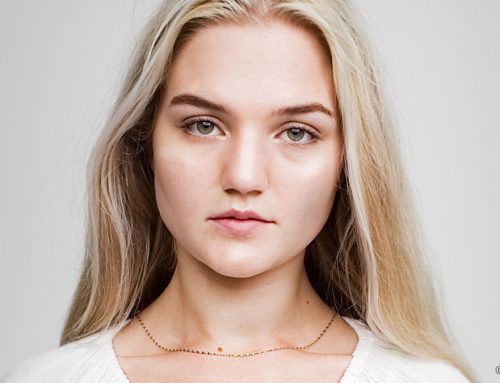
Good article. Cool shots. Great images like these often involve great expenses. I’ve learned the hard way.